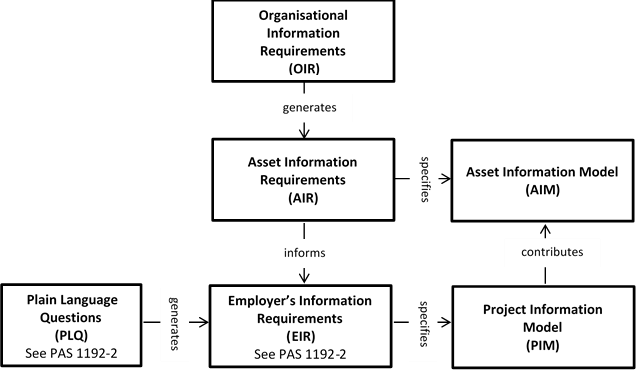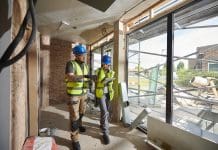The BIM Level 2 “go live” date has passed, but what has changed in the BIM4FM arena? Mike Packham, Partner of Bernard Williams Associates and BIFM member shines a light on what FM’s need…
Like the Brexit referendum, the BIM “go live” date – 4th April 2016 in case you missed it – has been and gone. So what has changed in the interim? Not a lot from my perspective, and I was interested to hear similar thoughts from one of the speakers at a recent event that I attended, who described it as a slow “drip by drip” process.
As with Brexit – whatever the outcome of the vote – I guess it was unrealistic to expect things to happen overnight. So it is perhaps appropriate to reflect on what we were/are still expecting from the BIM/Soft Landings initiative. Essentially, no matter what part of the design/construction/operational supply chain you represent, it is all about information. So from a purely selfish viewpoint for facilities managers it revolves around “better information” about the built environment that we are expected to manage on behalf of our respective client organisations.
What do we mean by “better information”? Well, for information to be of value it needs to be:
- Accurate, complete and up-to-date;
- Easily obtainable and available when we want it;
- Relevant to the various stakeholders looking to make use of it.
In an FM context we can expect to use it as the basis of:
- Statutory compliance reporting;
- Resource optimisation (labour, assets, etc.);
- Performance measurement / management;
- Business (continuous) improvement.
So much for the theory, but how does BIM/Soft Landings help us to make all of this a reality? As I have already intimated, essentially for FM’s it is all about having access to accurate asset information. In this context the end product of the BIM/Soft Landings process is something called the Asset Information Model (AIM). The purpose of this, according to PAS 1192 – 3, is to be “the single source of approved and validated information related to the asset(s)”.
That said, we FM’s cannot just sit back and expect it all to happen around us. We need to fully understand the BIM process and get involved in a project at the earliest opportunity. We should expect to contribute to the development of the Employers Information Requirements (EIR), the Client’s Organisational Information Requirements (OIR) and the Asset Information Requirements (AIR). All of this sounds a bit “jargony”, so by way of explanation, using definitions taken from BIFM’s Operational Readiness Guide:
- The EIR is the pre-tender document setting out; the information to be delivered, in what format, at what stage in the process and the standards and processes to be adopted by suppliers as part of the BIM project delivery process.
- The OIR describes the information required by an organisation to support asset management systems and other organisational functions.
- The AIR sets out the information required to create an Asset Information Model (AIM) that will be used by the operational teams to store and use the data and information about the assets in the building.

How all of this fits together is neatly demonstrated in the diagram above. This has been taken from PAS 1192-3 which, as I am sure you already know, deals with “information management for the operational phase of assets using building information modelling.”
So in answer to the question what’s changed since BIM/Soft Landings went live in April – the response has to be “not a lot – yet!”. Clearly, as outlined above, the associated processes and procedures have the capability of delivering real benefits to FM. This, in terms of the quality of the information available to us which, in turn, will facilitate more proactive management of the buildings for which we are responsible than has perhaps been the case in the past.
However, if we want to achieve this FM “nirvana” then we need to be prepared to roll our sleeves up and get actively involved in the BIM/Soft Landings process. This means proactively contributing to the development of the EIR, OIR and AIR. To do this effectively we need to fully understand what information we want out of the BIM Model otherwise the diagram below shows what will happen…
. . . . . . . . . . . . . . . . . . . . . . . . . . . . . . . . . . . . . . . . . . . . . . .
Mike Packham
Member
British Institute of Facilities Management (BIFM)
Tel: +44 (0)127 971 2620














